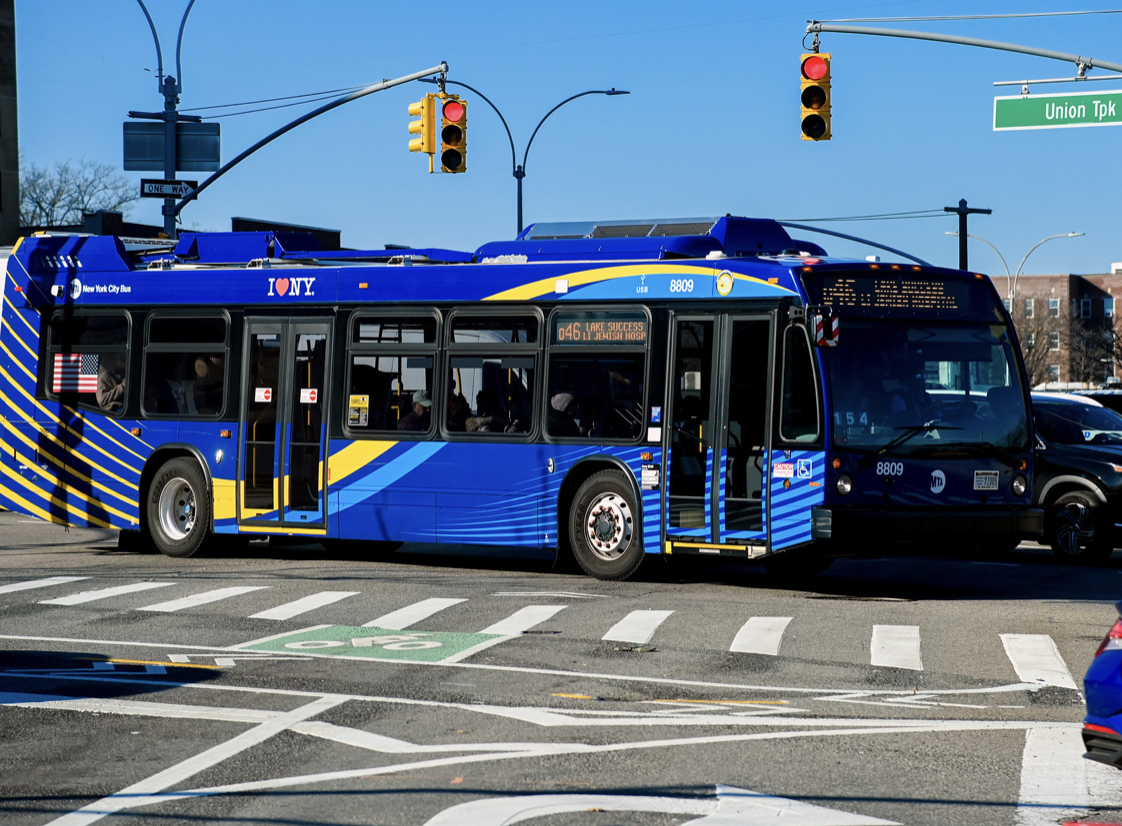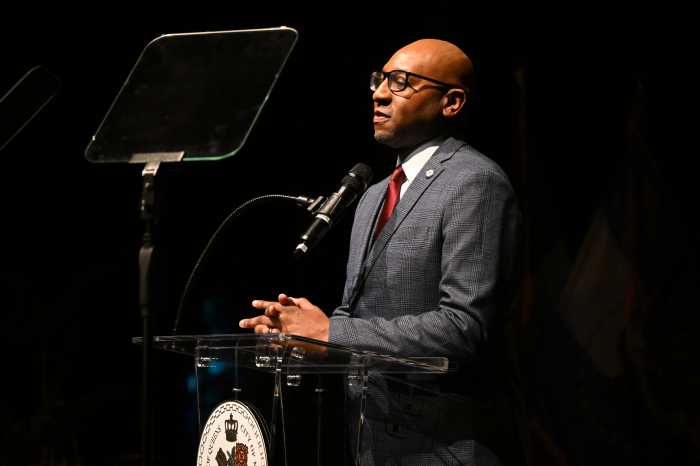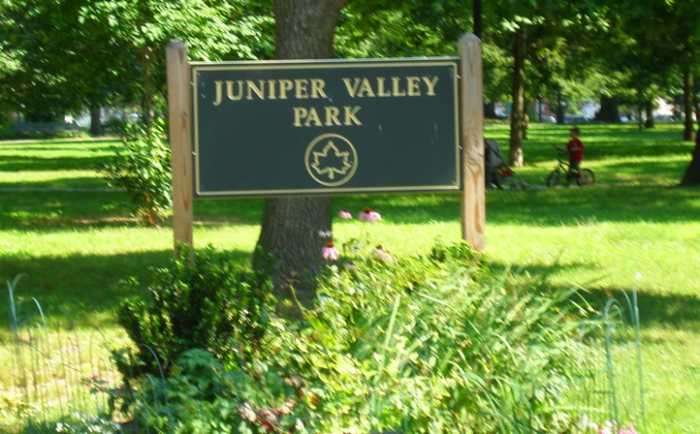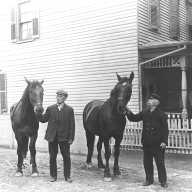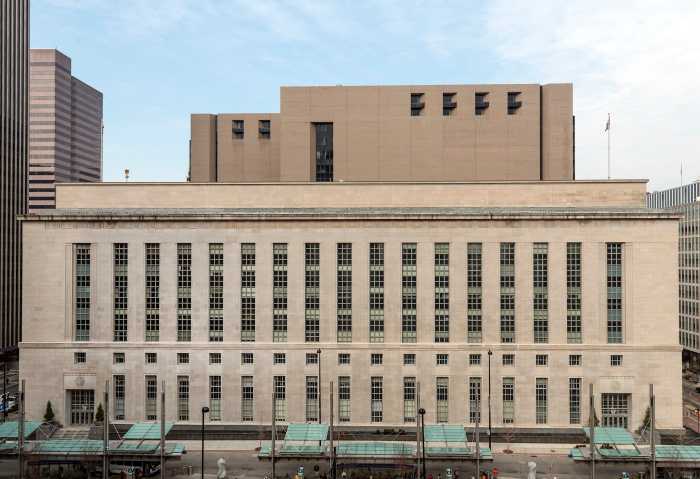Governor Kathy Hochul and the Metropolitan Transportation Authority (MTA) announced Friday that beginning Sunday, June 29, five high-ridership local bus routes in Queens will receive increased service during peak hours. The enhancements are part of a broader expansion affecting 14 routes across the outer boroughs.
The initiative is funded by $8 million from the Outer Borough Transportation Account, a state fund established in 2018 to improve transit service in neighborhoods outside Manhattan. State officials said the upgrades are intended to reduce wait times, shorten commutes, and improve overall reliability for bus riders, particularly in areas underserved by the subway system.
The improvements come at a critical time for Queens, as the borough simultaneously prepares for the launch of Phase One of the long-awaited Queens Bus Network Redesign, also set to begin June 29. The redesign represents the most comprehensive overhaul of the borough’s bus network in decades, aiming to simplify routes, increase reliability, and reduce travel times for riders.
Among the Queens routes gaining more frequent service are the Q13, which connects Flushing and Fort Totten; the Q28, linking Bayside to Flushing; and the Q35, which runs between Rockaway Park and Midwood. Also seeing enhancements are the Q66, which provides crosstown service between Flushing and Long Island City, and the Q69, which connects Long Island City and Astoria. All five lines serve areas where subway access is limited or indirect, making bus service a vital daily necessity for thousands of residents.
Governor Hochul emphasized the importance of these enhancements as part of the state’s broader transportation strategy. “Every New Yorker deserves fast, reliable, and accessible public transit and these enhancements will do just that,” she said in a statement. “Buses are already moving faster thanks to congestion pricing, and now we’re investing in even more service, giving time back to hardworking New Yorkers who keep our city moving.”
MTA Chair and CEO Janno Lieber described the decision to increase service on these high-ridership routes as a “no-brainer,” adding that the changes, combined with borough-wide redesigns, are “changing the game for the million-plus New Yorkers who ride with us every day.”
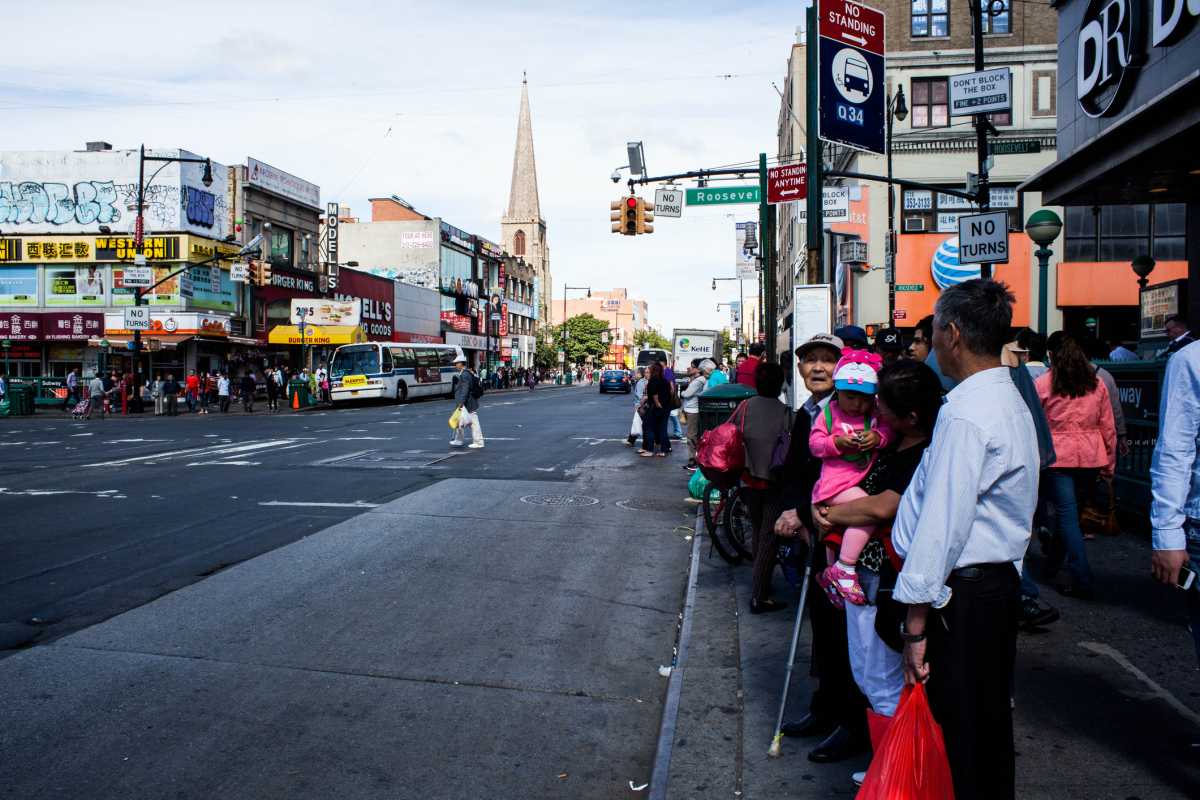
In addition to the changes coming to Queens, other enhanced local routes include several in the Bronx, Brooklyn, and Staten Island. These updates follow earlier expansions to eight express bus lines, including Queens’ QM15 route, which links Lindenwood and Woodhaven Boulevard to Midtown Manhattan.
NYC Transit President Demetrius Crichlow noted that these routes often serve communities that lack immediate access to subway stations. “With bus ridership steadily increasing due to the start of congestion relief, enhancing service on 14 local routes makes it easier for New Yorkers to have fast, frequent and reliable bus service whenever they need it,” he said.
The service changes are also timed with the start of congestion pricing, which is already reducing traffic in Manhattan and is expected to further shift commuters to public transit options. By improving service in neighborhoods farthest from the subway grid, transit officials hope to boost ridership and reduce car dependence.
The Phase One rollout of the Queens Bus Network Redesign will feature schedule adjustments, revised stop spacing, and realigned routes intended to eliminate redundancy and better reflect how people move through the borough today. The MTA urges riders to review new maps and timetables ahead of the June 29 transition.
According to the MTA, some routes will see wait times reduced by as much as two and a half minutes during the busiest travel periods.

